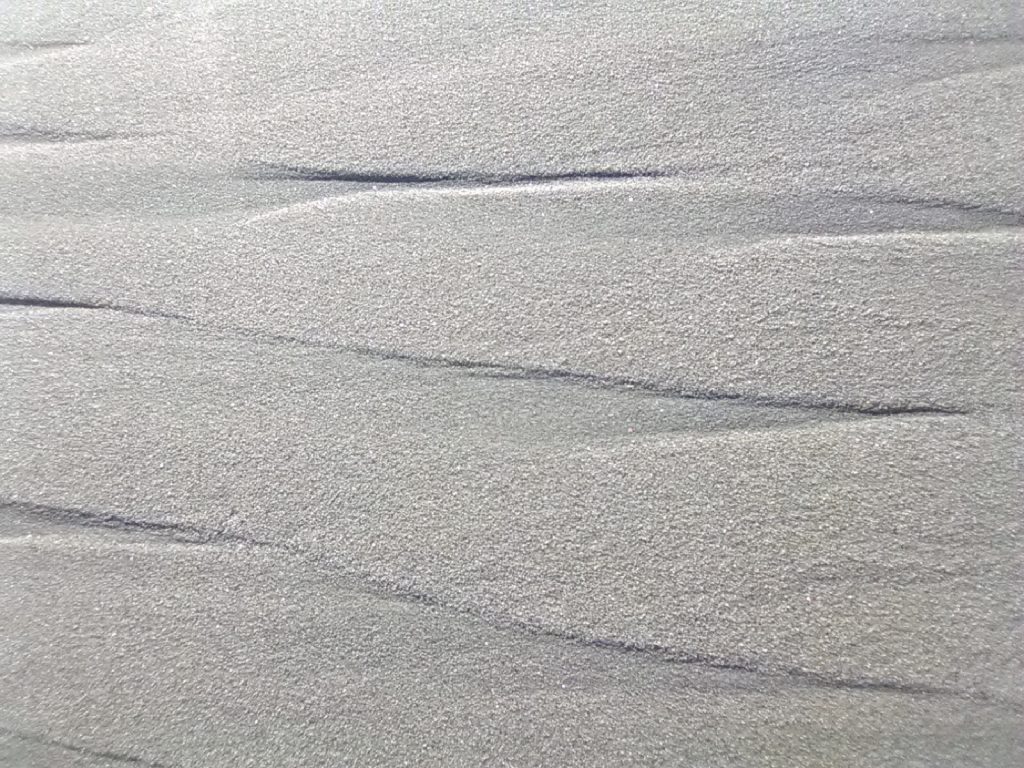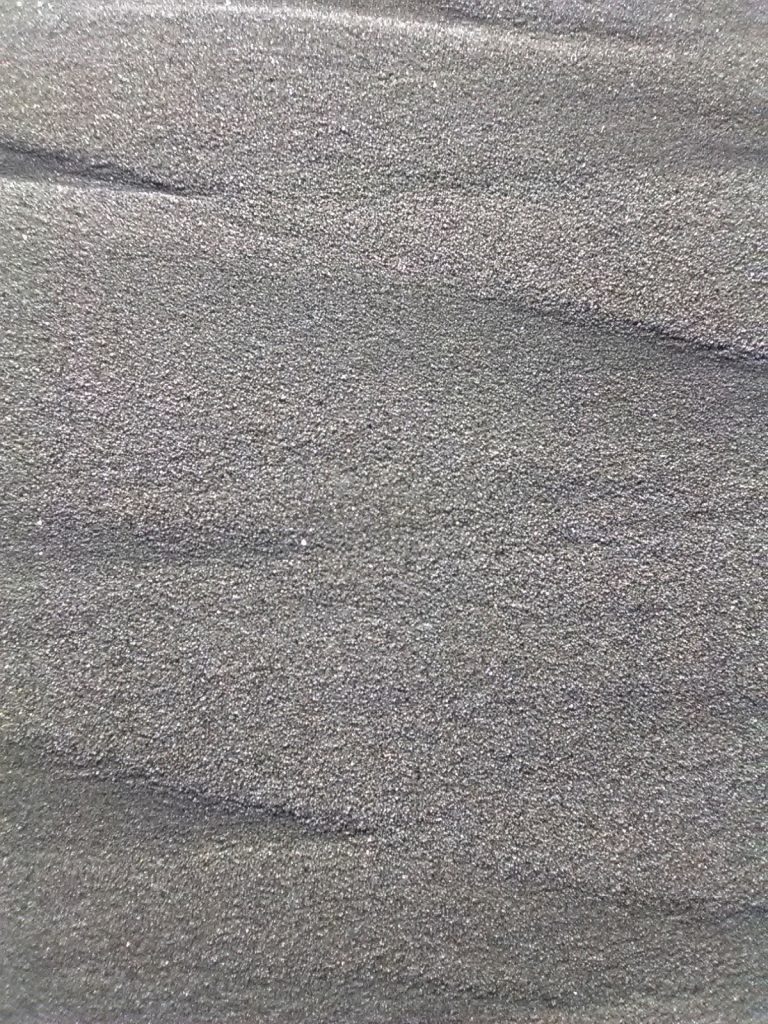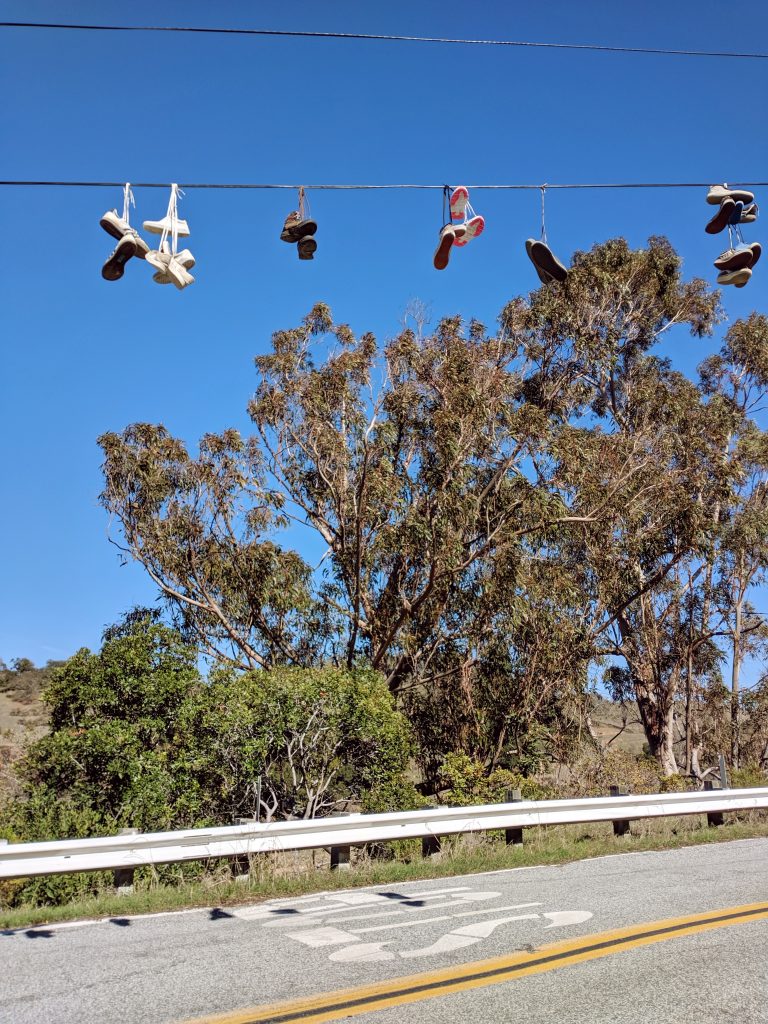
Sure, we have all seen shoes on a wire. These ones amused me because I just did not expect them out next to the Guadalupe Reservoir. It would be a bit of a walk or drive without shoes from where these ones hang near San Jose.
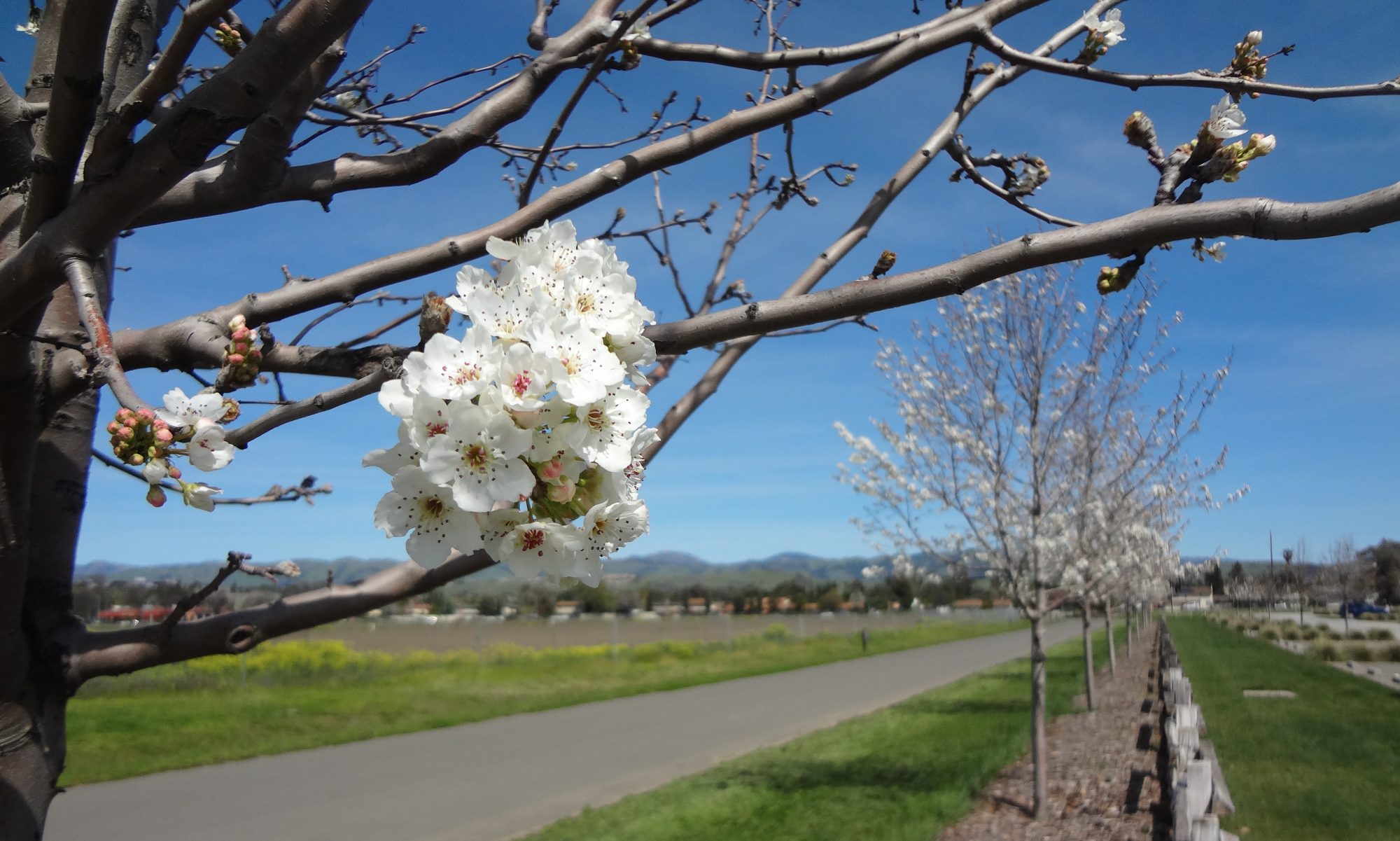
Traveling around in #SanJose and #NearbyToSanJose at 825 mph on our spinning planet.

Sure, we have all seen shoes on a wire. These ones amused me because I just did not expect them out next to the Guadalupe Reservoir. It would be a bit of a walk or drive without shoes from where these ones hang near San Jose.
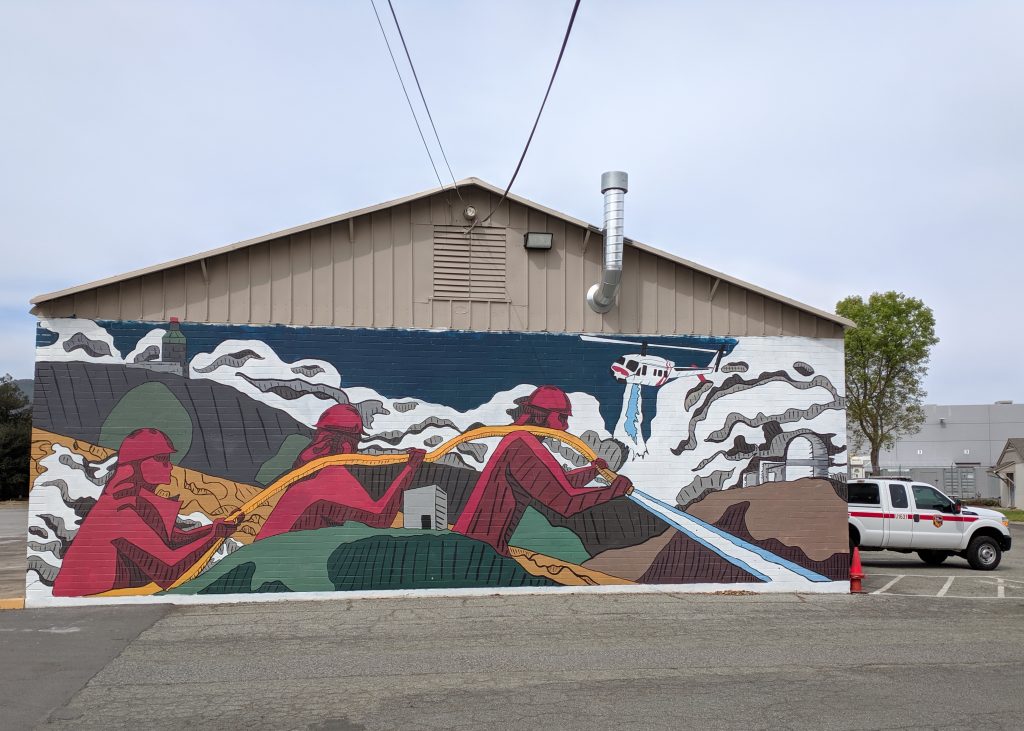
I really like this mural. I had seen it once on social media and wondered where it was. I tried searching for it online with no luck and keeping my eyes open for weeks. Recently, I went for a drive just to get out of the house for a bit. While driving back towards home through Morgan Hill, I saw it! So excited! The search, the wait, the find… so many things go in to pleasure.
I learned that it was designed by Morgan Hill Art School (www.morganhillartschool.org) and, I believe, painted by volunteers. Some great location icons are in the mural, too. In addition to the firefighters, you will see Lick Observatory atop Mt. Hamilton, the Box atop Mt. Umunhum, and the Beacon atop Mt. Diablo.
I am glad that I do not need to be a firefighter and so grateful that there are firefighters protecting us.
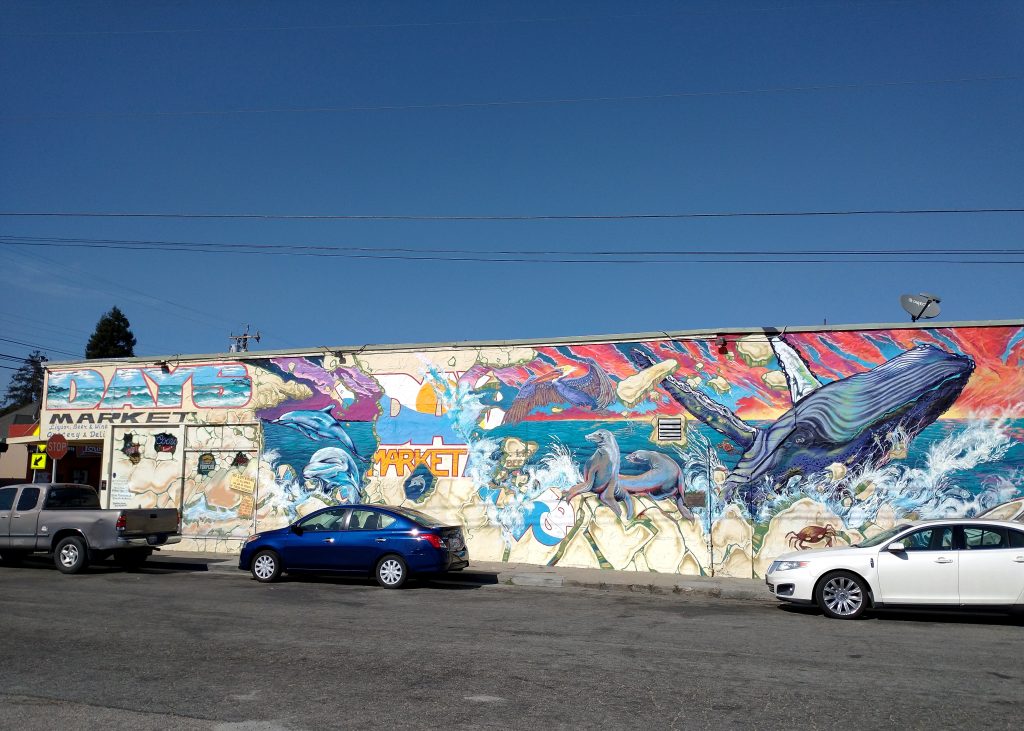
The predecessor to this mural at Day’s Market in Santa Cruz was the second mural I became aware of and that I would look forward to seeing. This is the third version of the mural that I have enjoyed on this wall over the years.
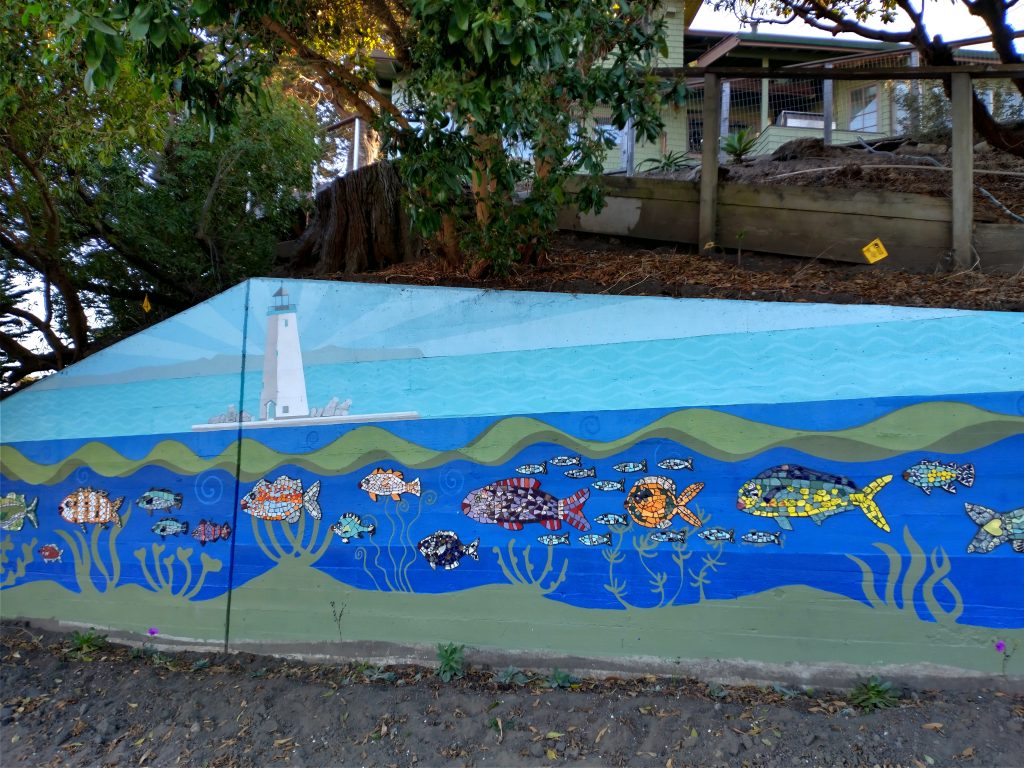
And this is a recently created new mural with mosaics next to Sea Bright Beach.
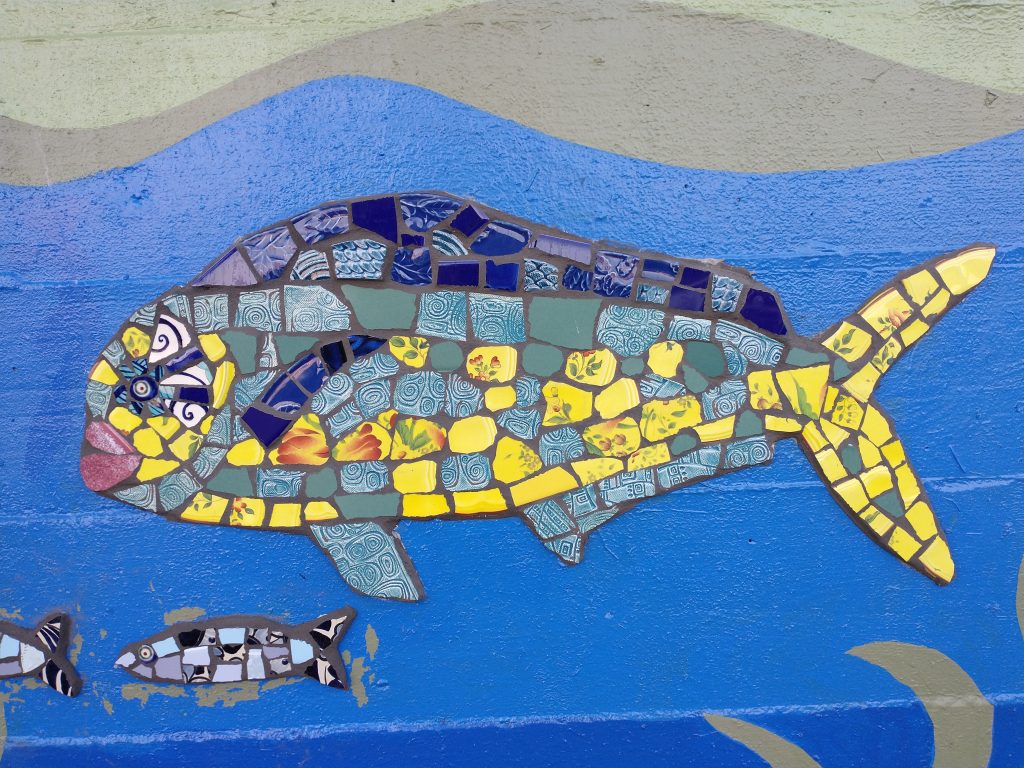
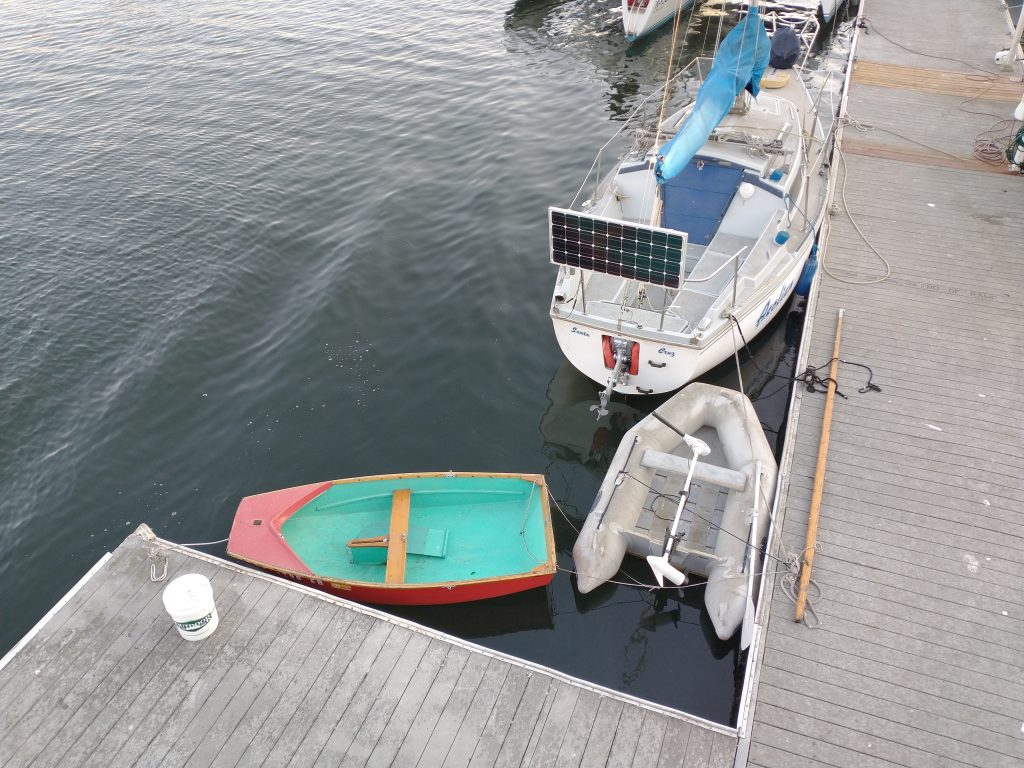
I love the color, textures, and lines that presented themselves all within this one little space and time.
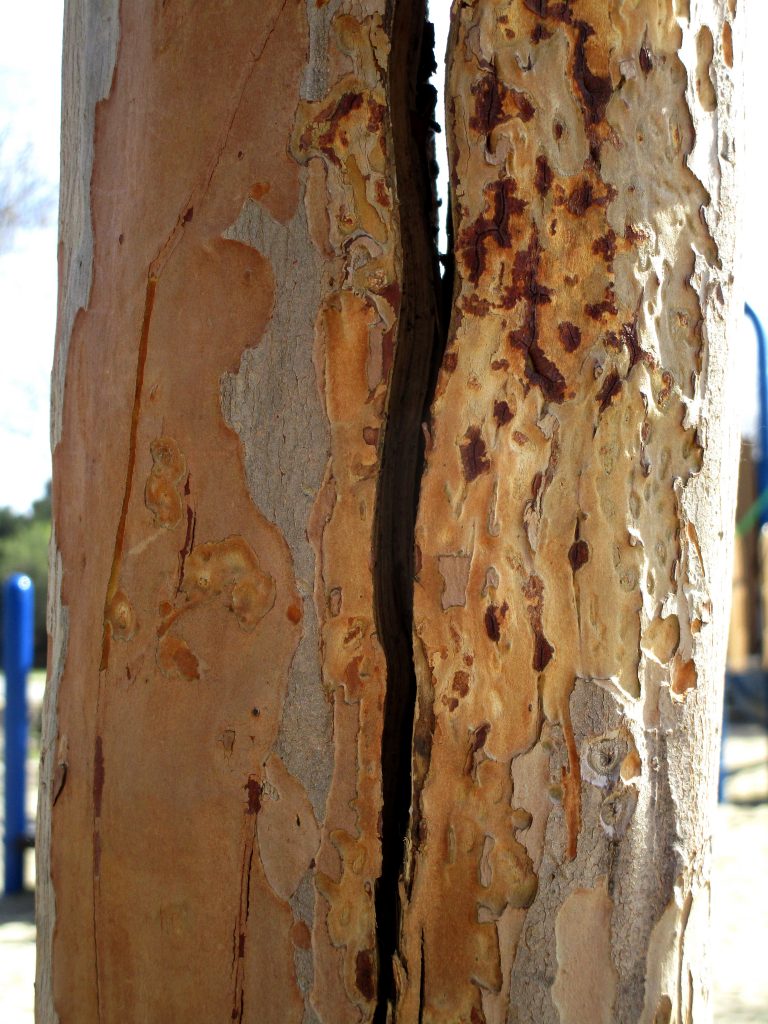
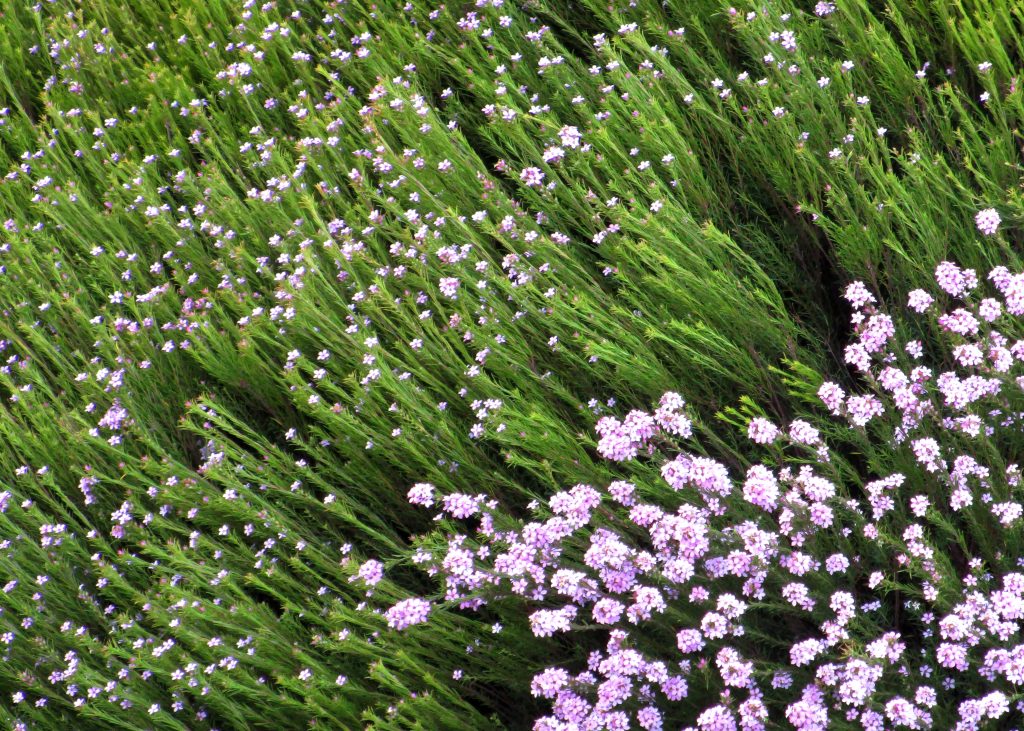
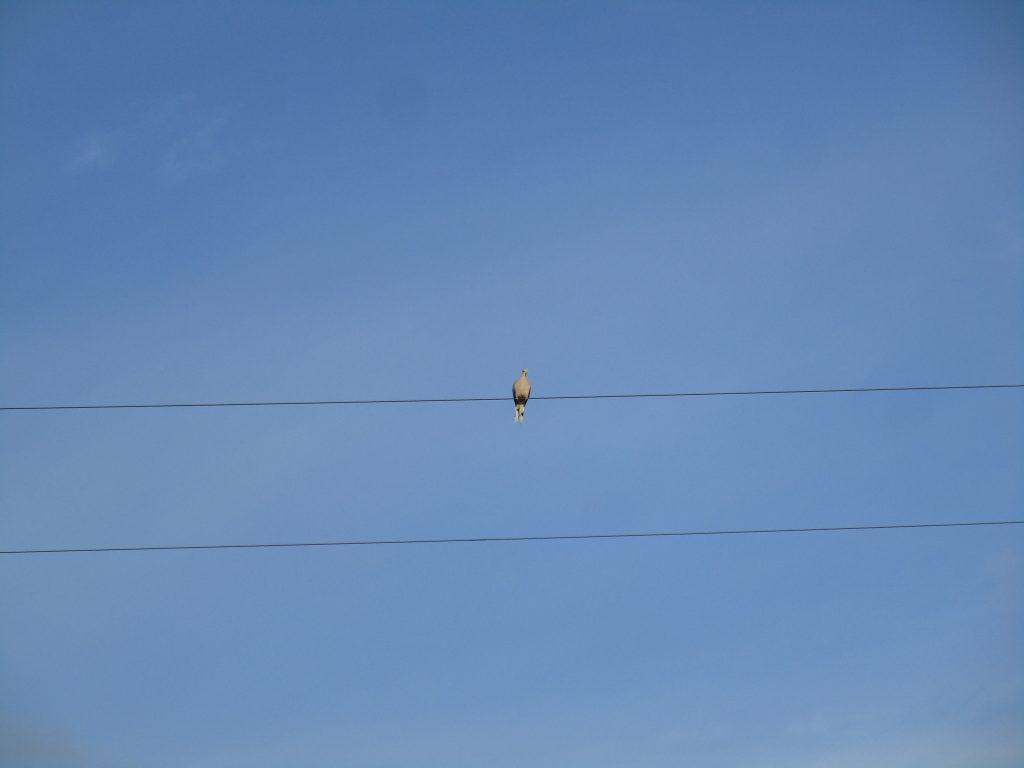
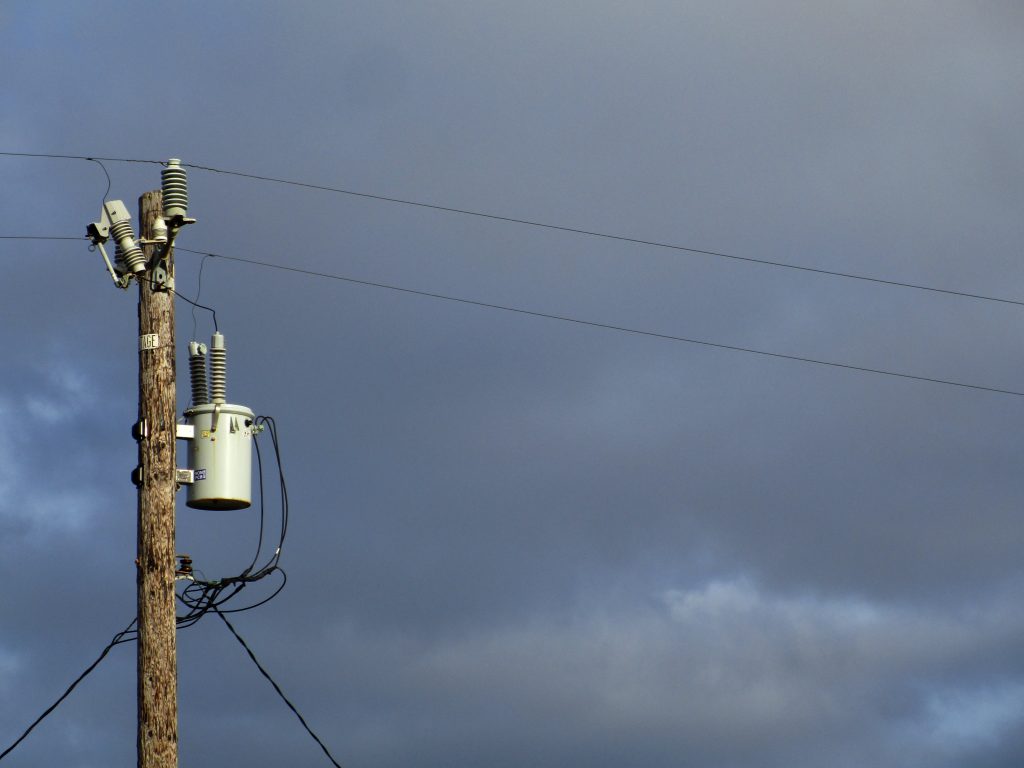
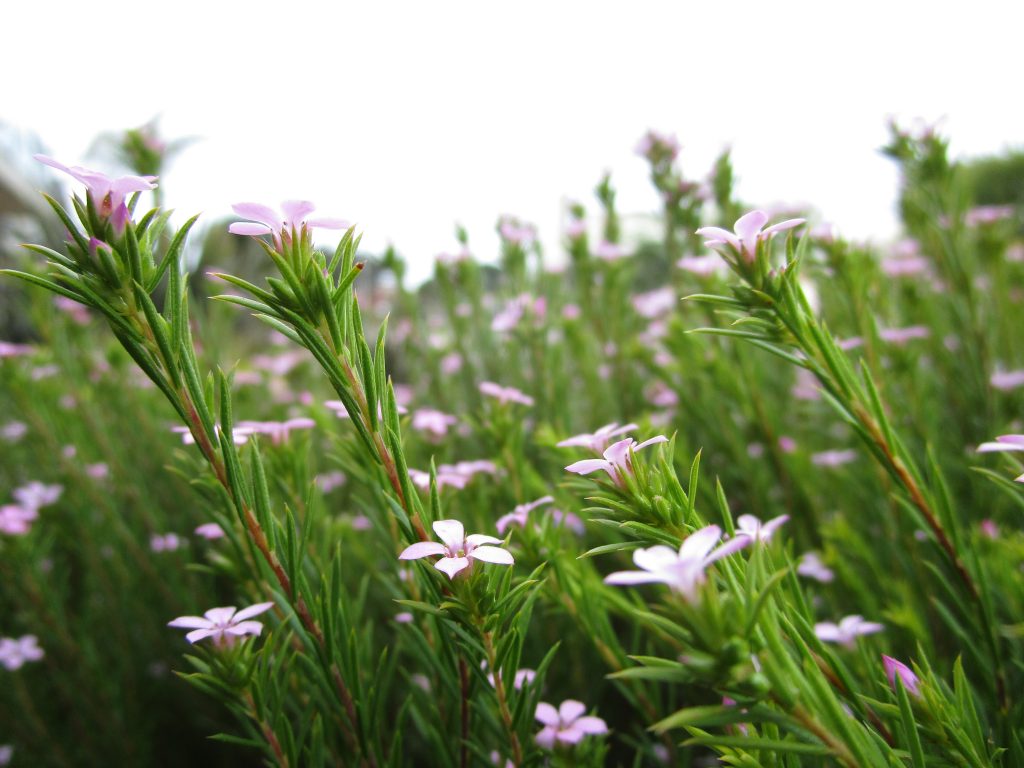
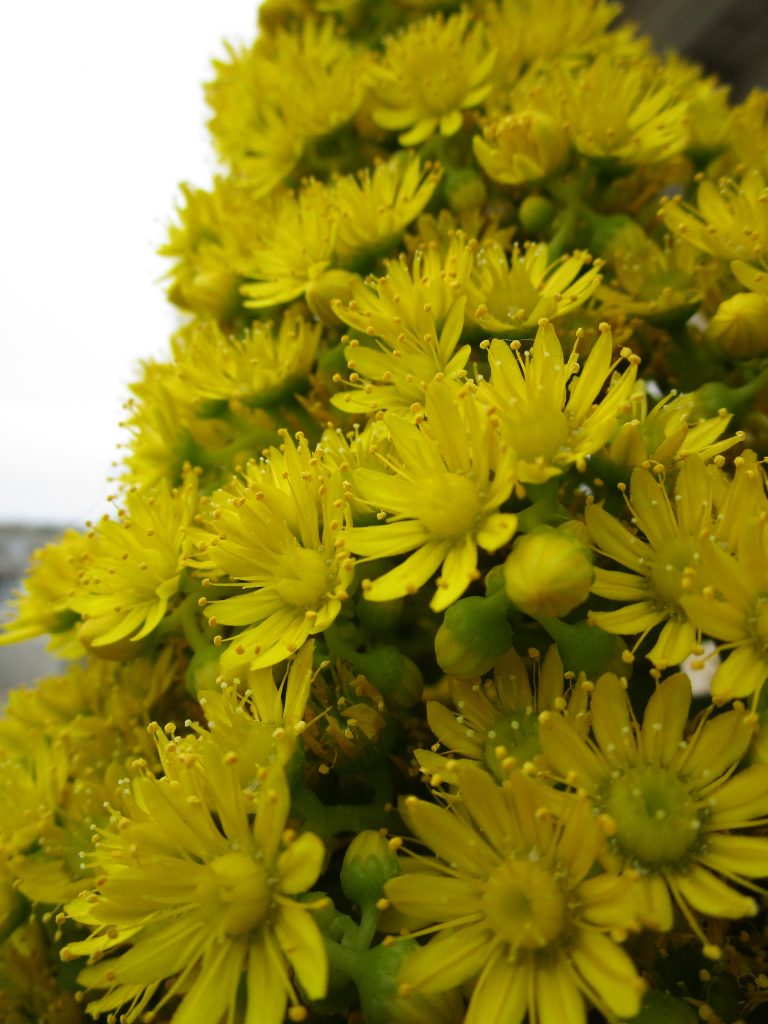
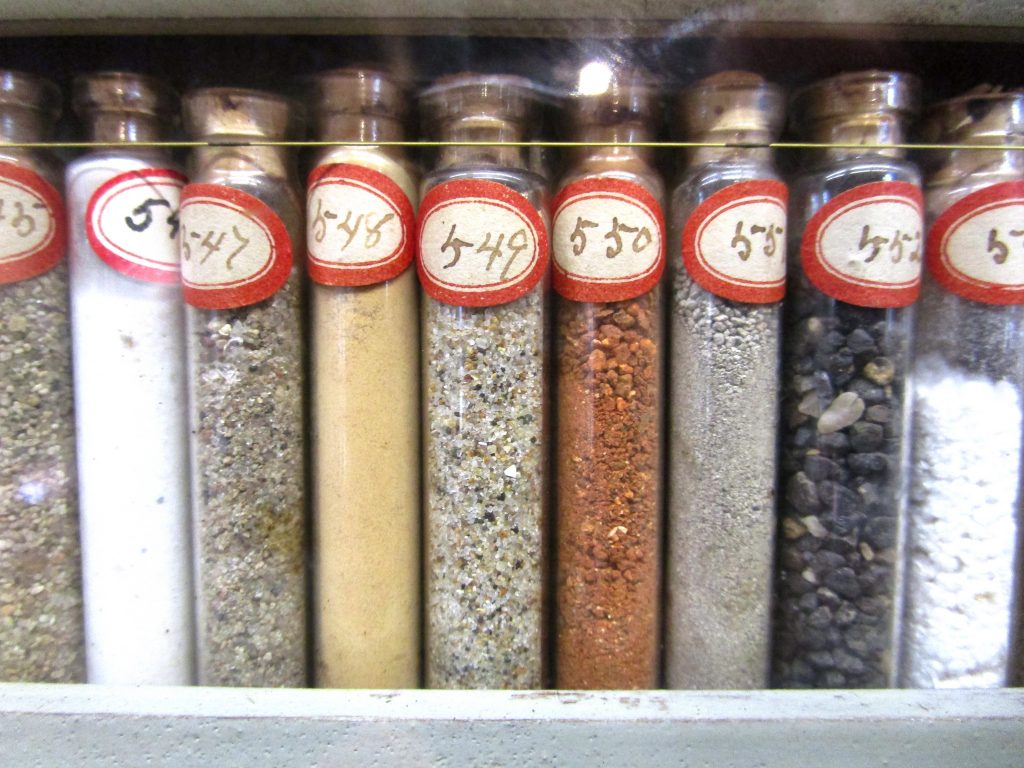
Inside the Pacific Grove Natural History Museum, one of the many interesting things to look at is this well aged donated collection of carefully labeled sand from around the world. There is a list with the location of sand origin and the corresponding label number.
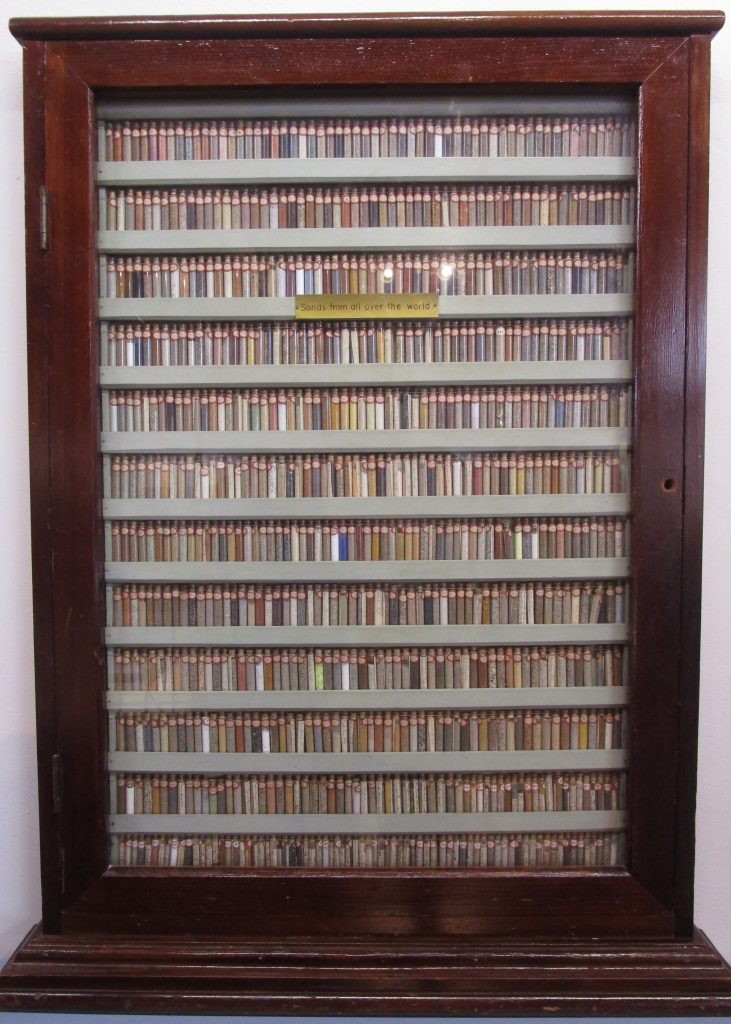
There are a lot of sand samples that this collector had gathered.
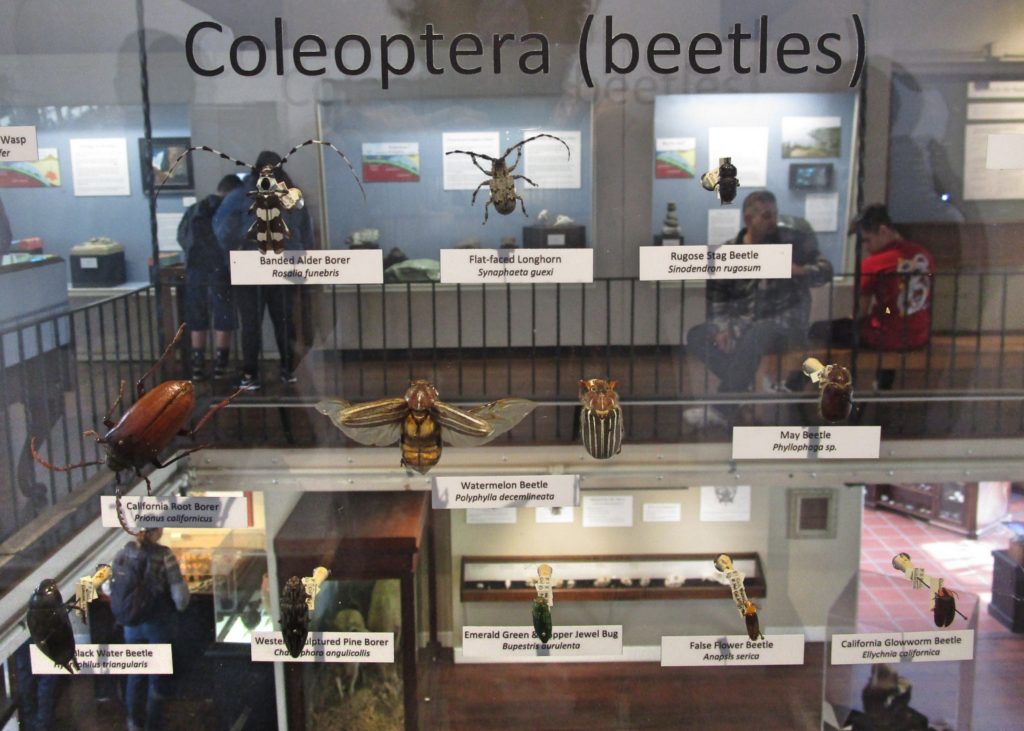
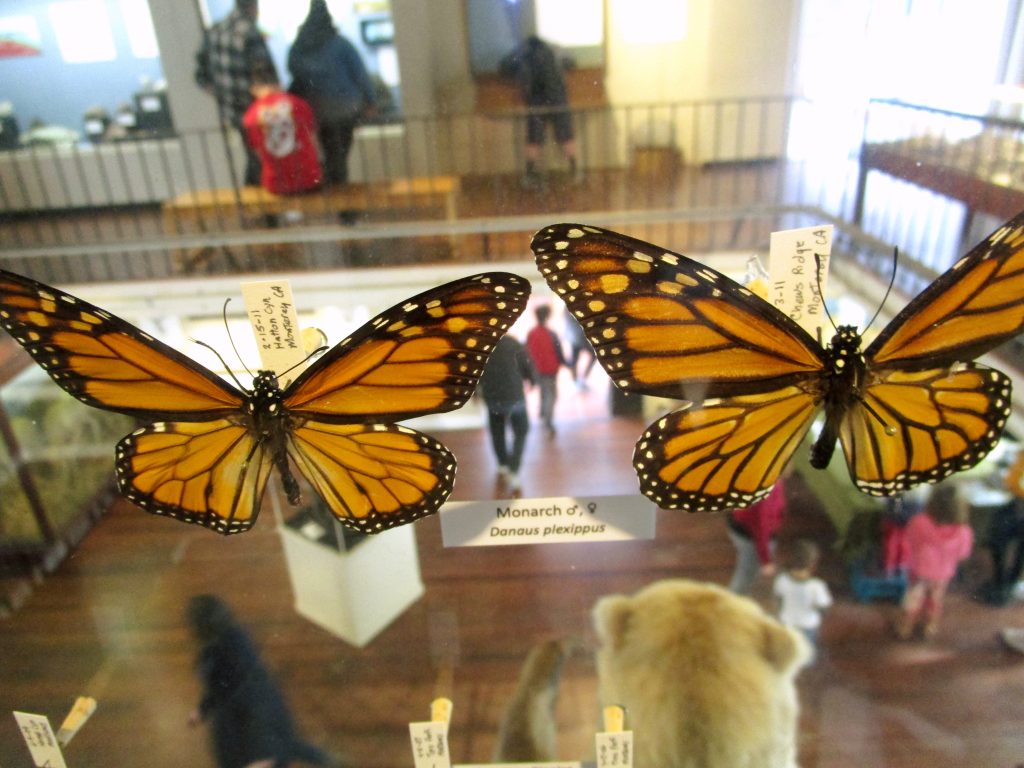
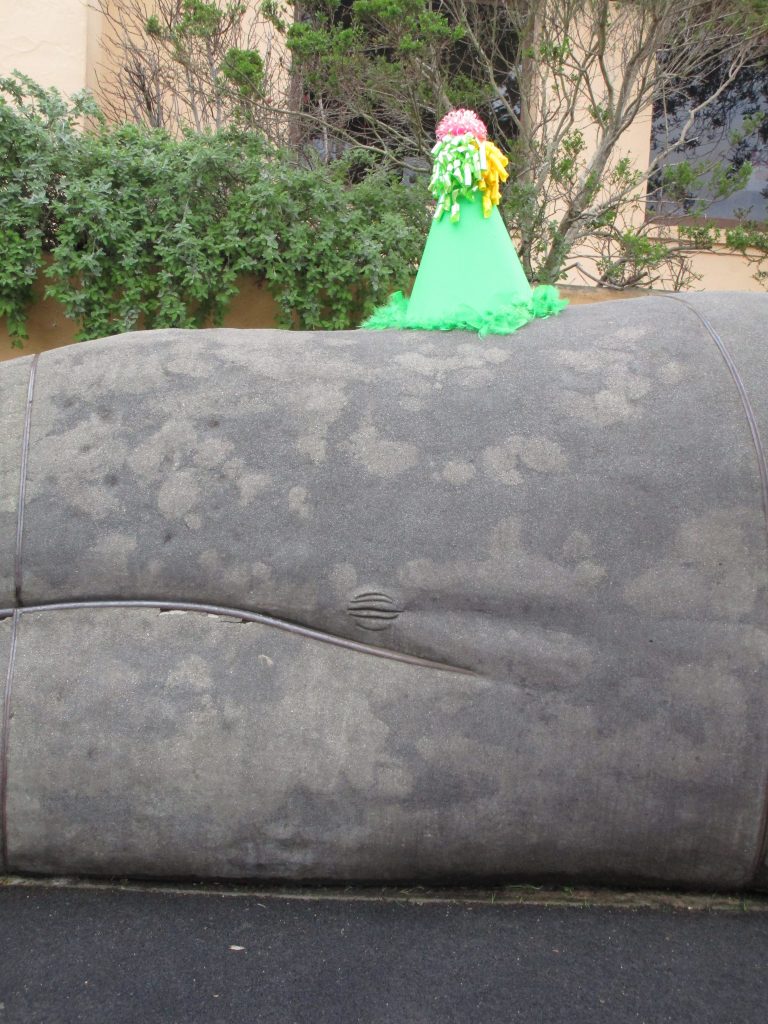
Sandy, the gray whale, was celebrating a birthday during our visit. Sandy was used for years as an educational model that could be disassembled and reassembled to spread knowledge. Today, Sandy rests permanently assembled to greet visitors of the museum.
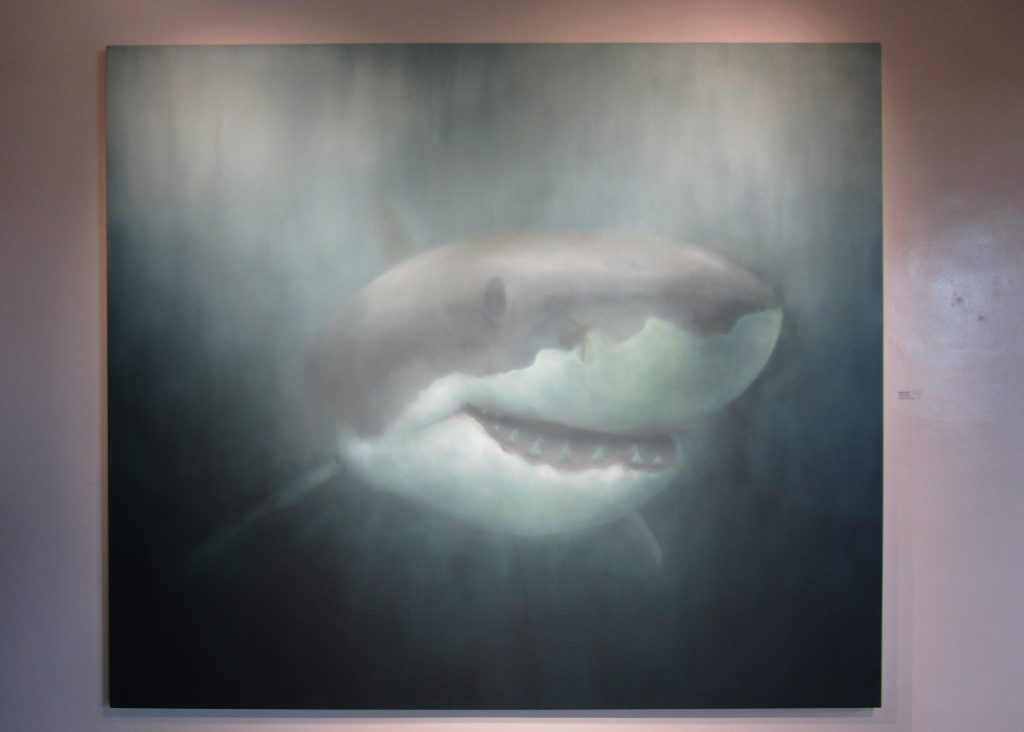
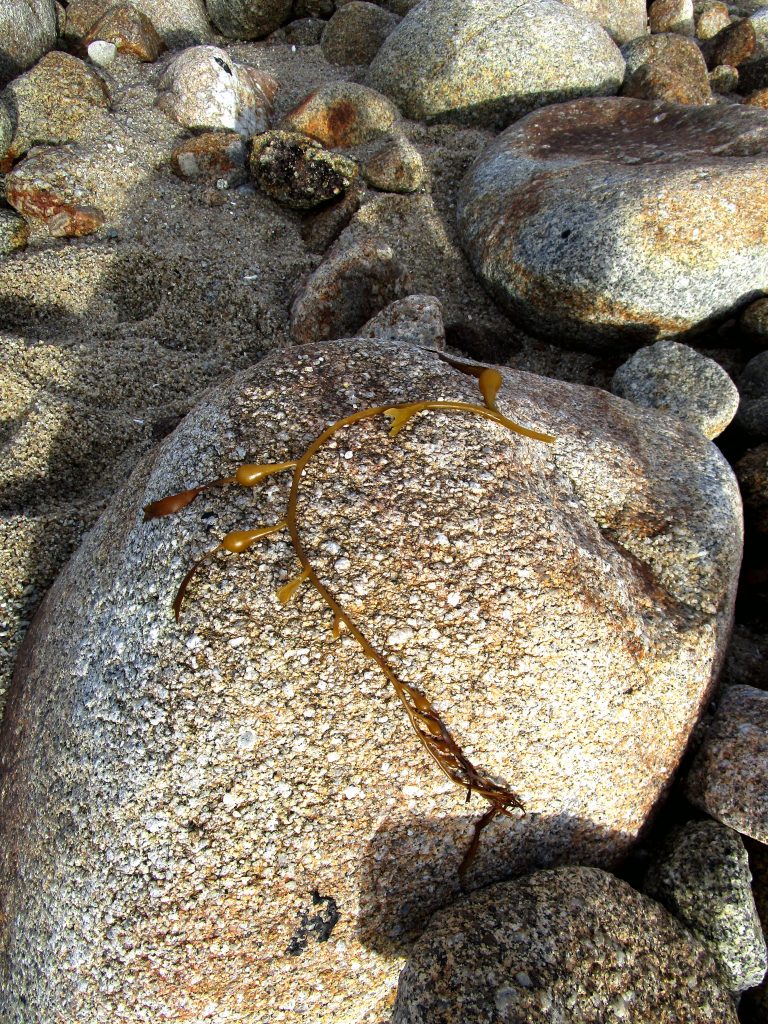
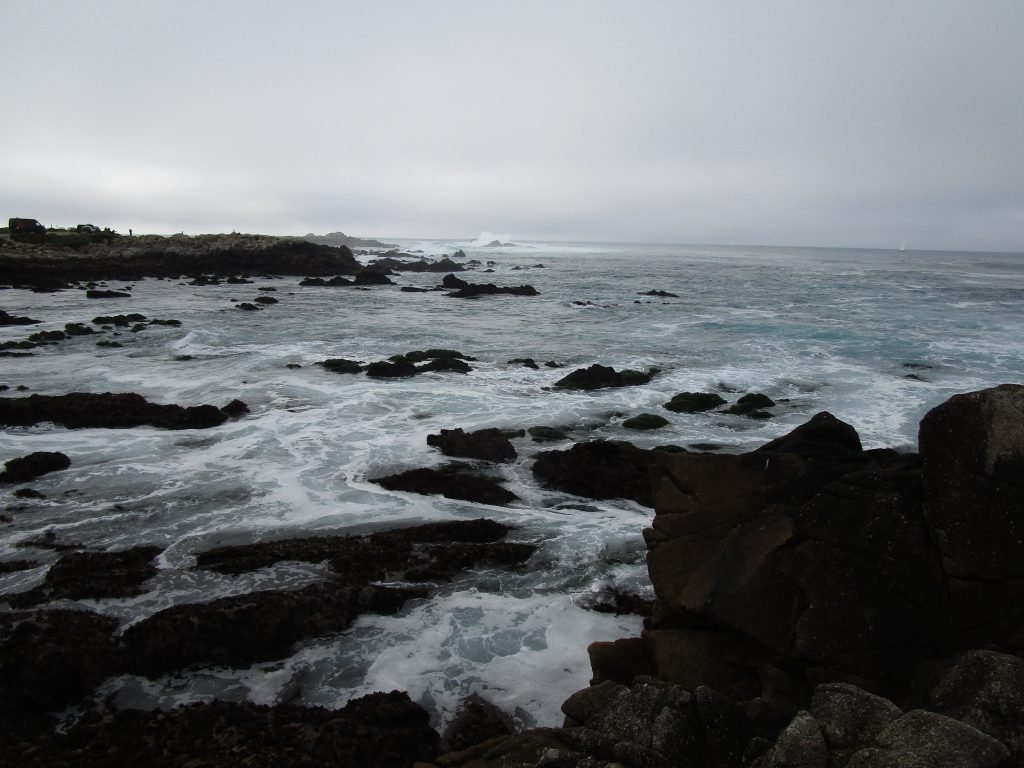
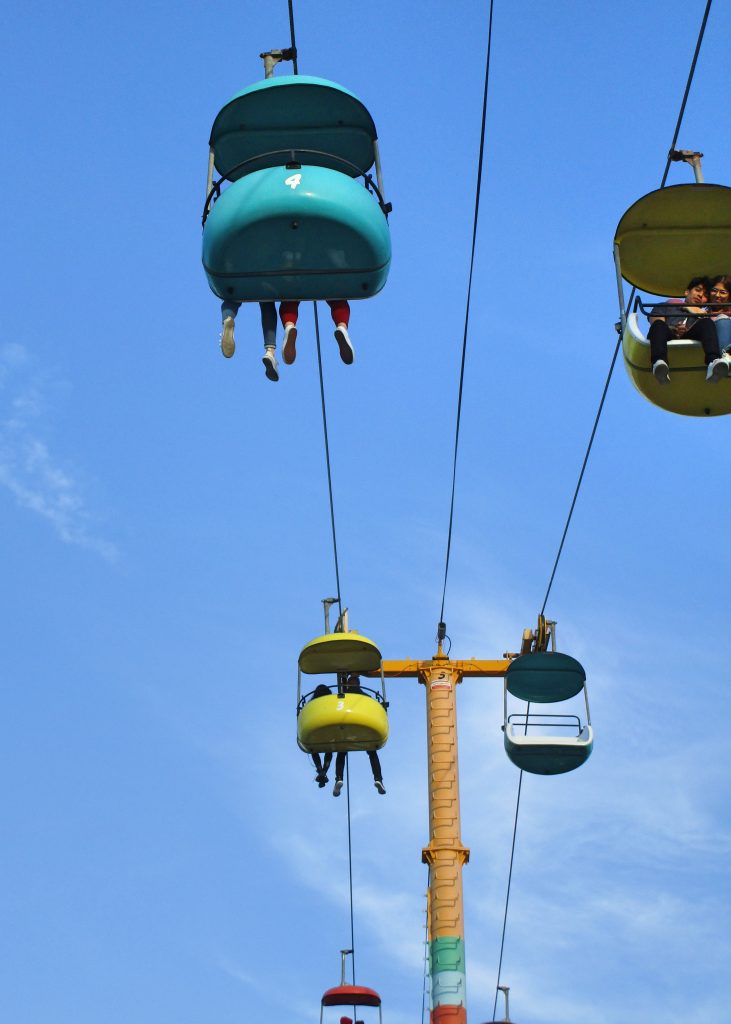
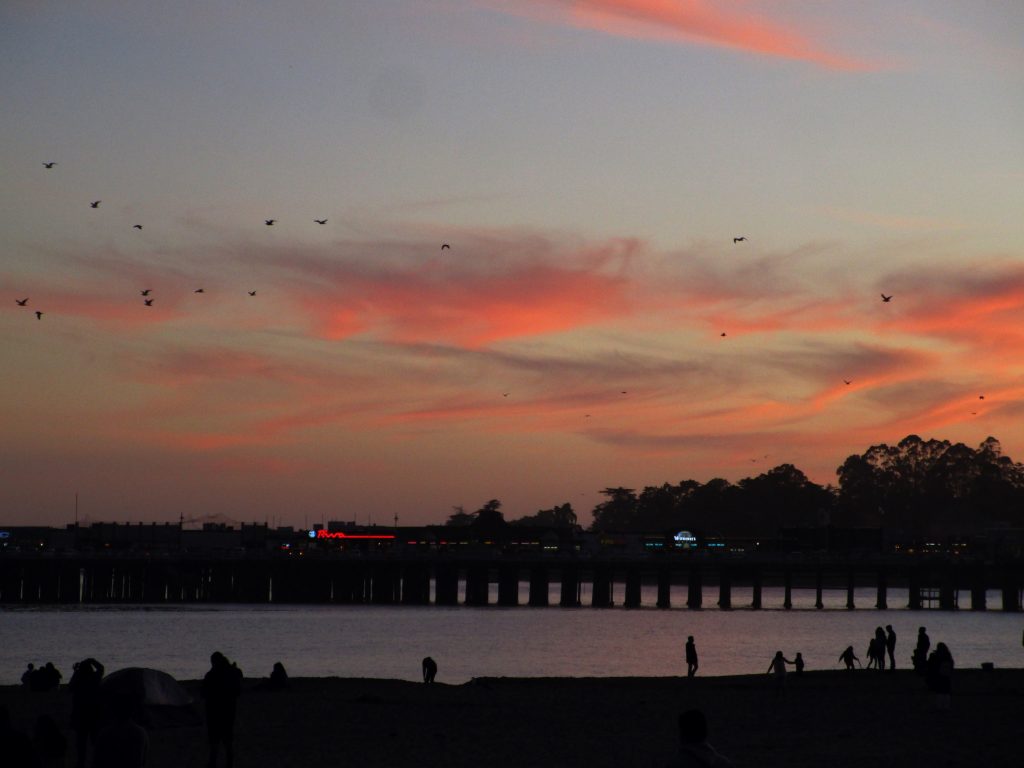
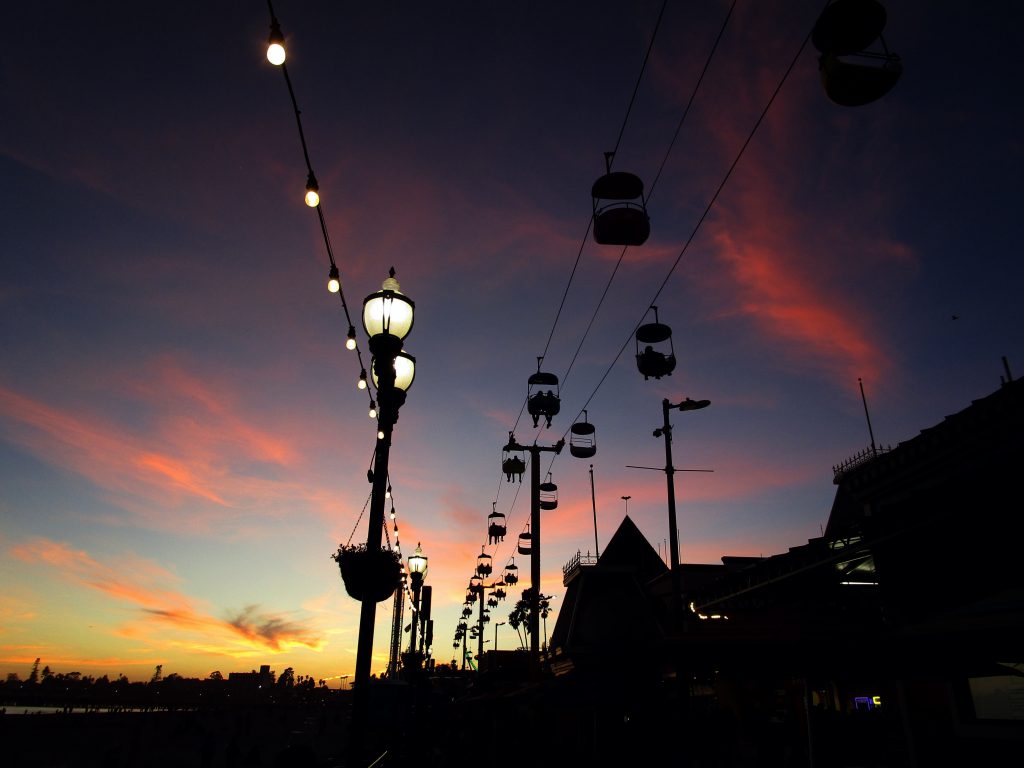
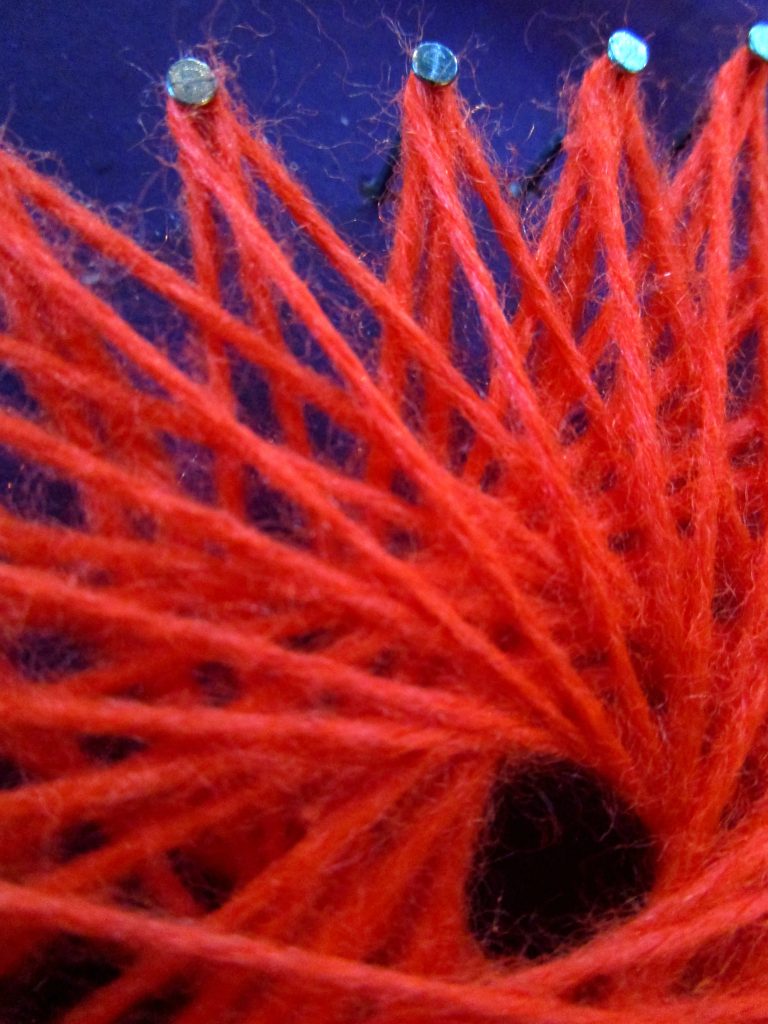

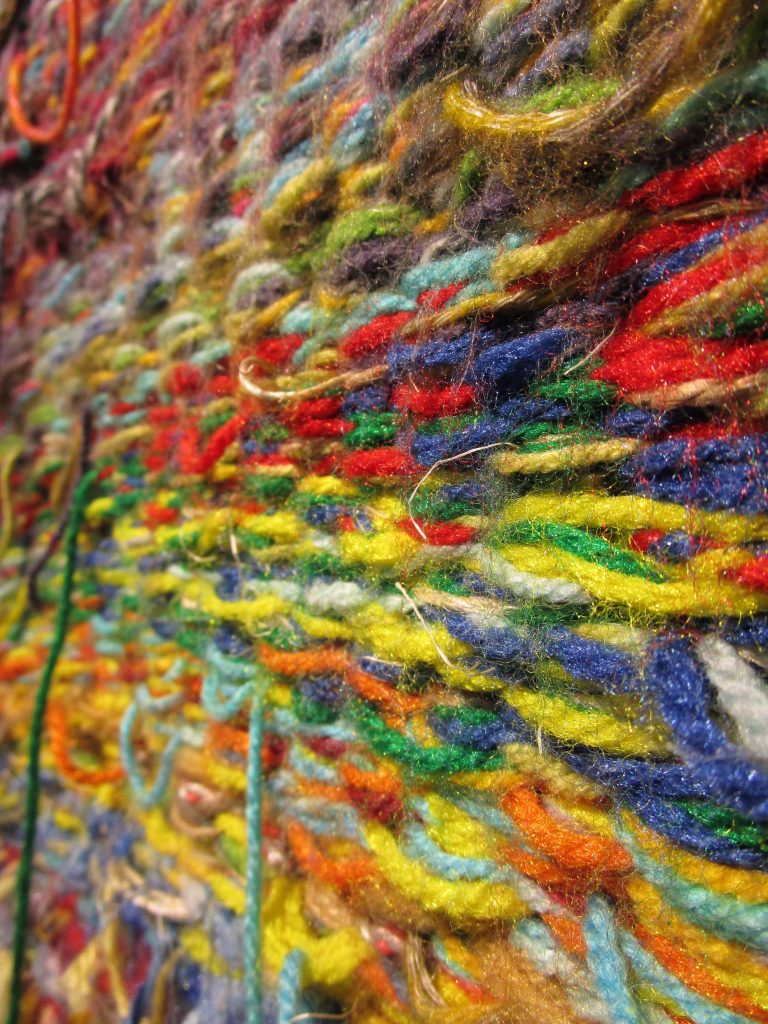

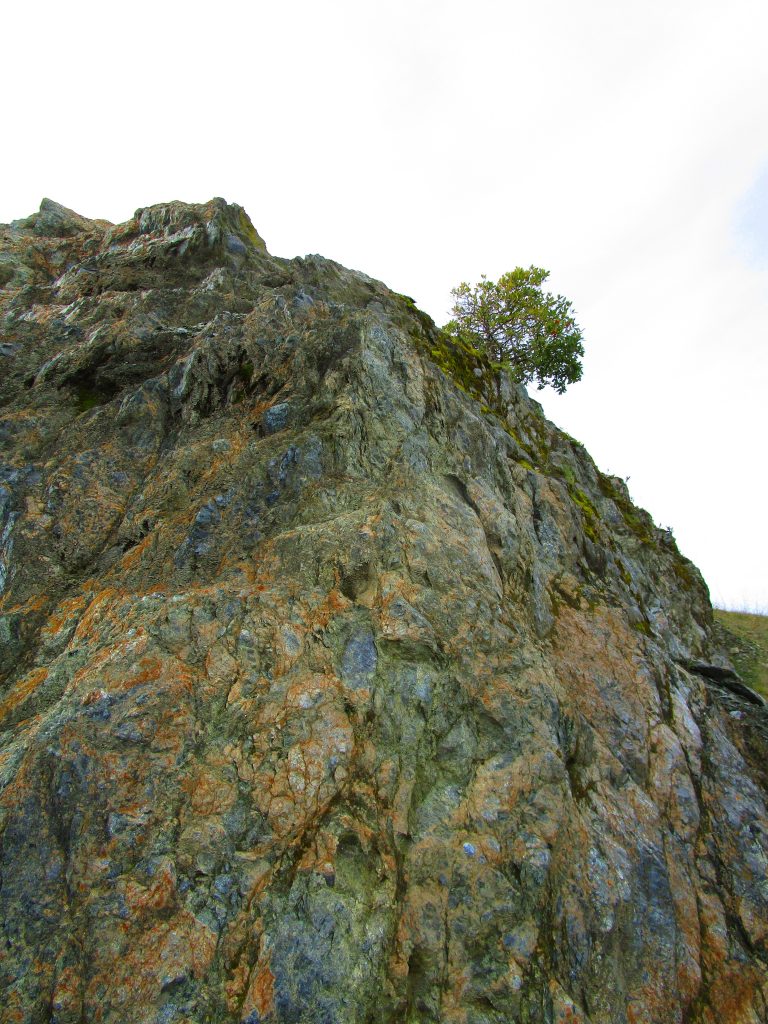
What happens when you start with mantle rock, that bendable hot semi-fluid-like rock that is miles below the surface and that the Earth’s crust floats on top of, and get it to come up a bit after mixing with ocean water and the heat induced chemical reactions that follow? You get a beautiful rock called serpentine that is usually miles deep but now makes up significant portions of the US west coast having been scraped off the ocean plates that sank below the US west coast in the last 200 million years.
A few interesting facts about this rock. It is awesome that it is the Earth’s mantle come up to the surface where we can touch it! It is the state rock of California. It can be mined for talc or asbestos. Did I mention it comes from miles below the surface? It is pretty. It is found where rocks from deep in, and below, the ocean have come to the surface through strong geologic events. The chemicals of the rock make it toxic to most plants and trees. Many California native plants have adapted to survive amongst the rock. You can see, for example, the Toyon bush (also known as California holly or Christmas berry) growing on the serpentine in the top photo.
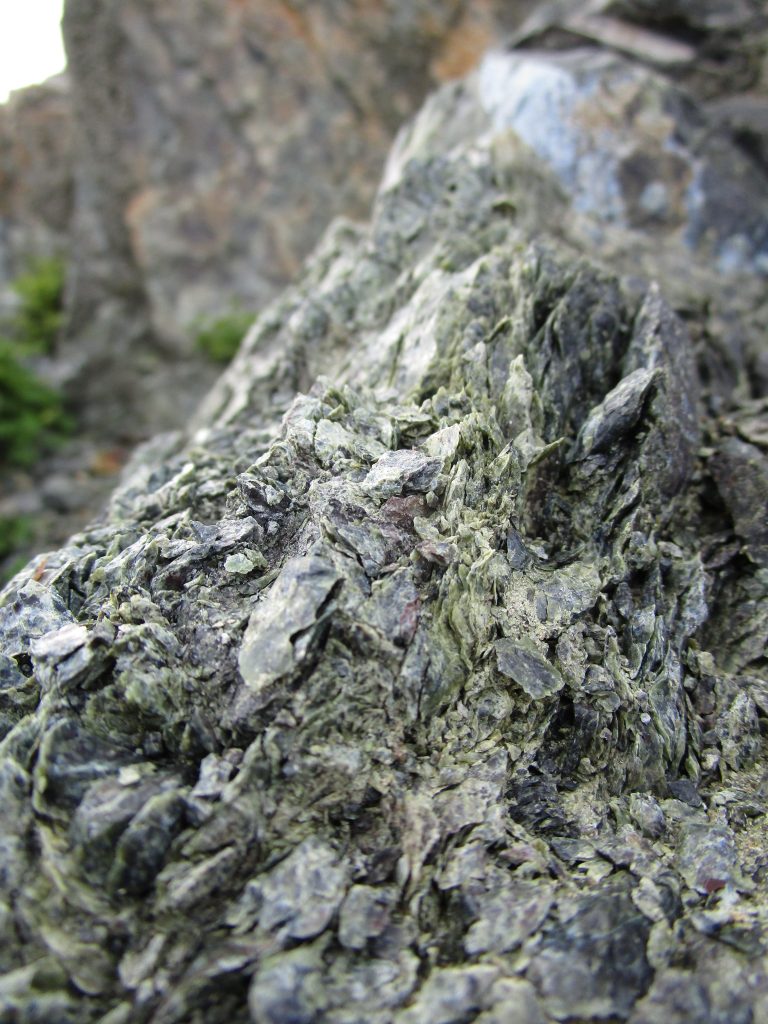
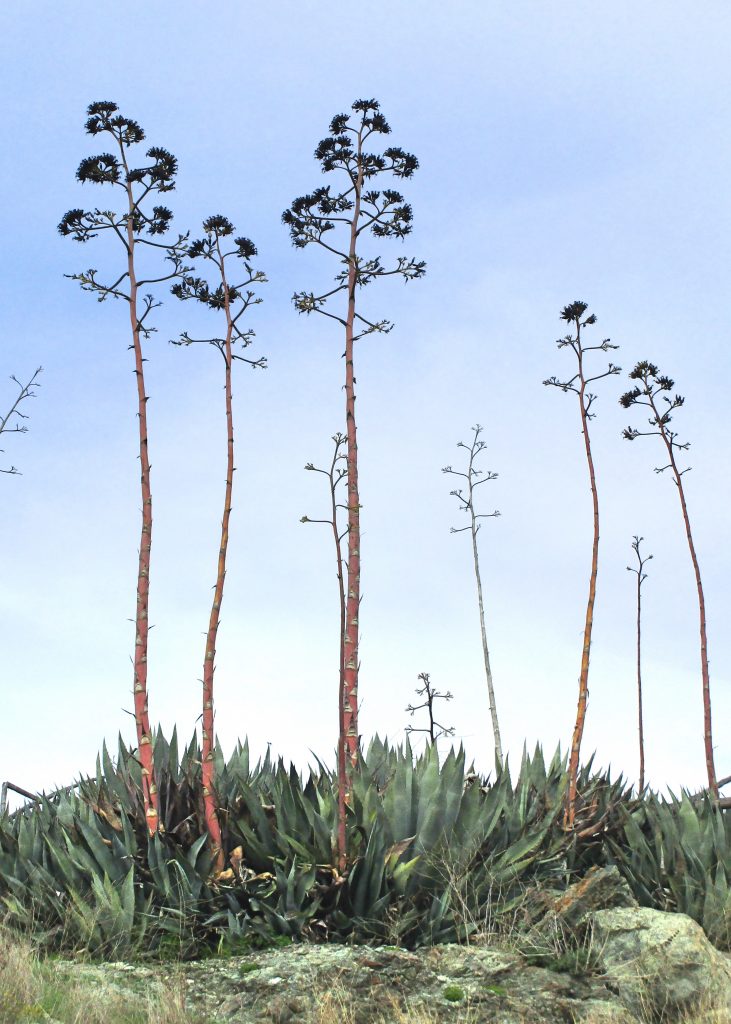
Knowing that most trees and plants can not grow on serpentine rock, a previous owner of this land, now a part of the Don Edwards Wildlife Refuge, planted agave plants to add some garden interest where he hoped to build a house. While the agave was not growing naturally in this particular area, it is one of the native plants that had adapted to grow among serpentine rocks in California. Today, in this national refuge, the planted agave continues to grow.
